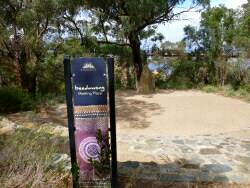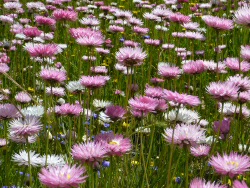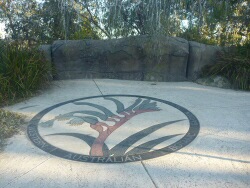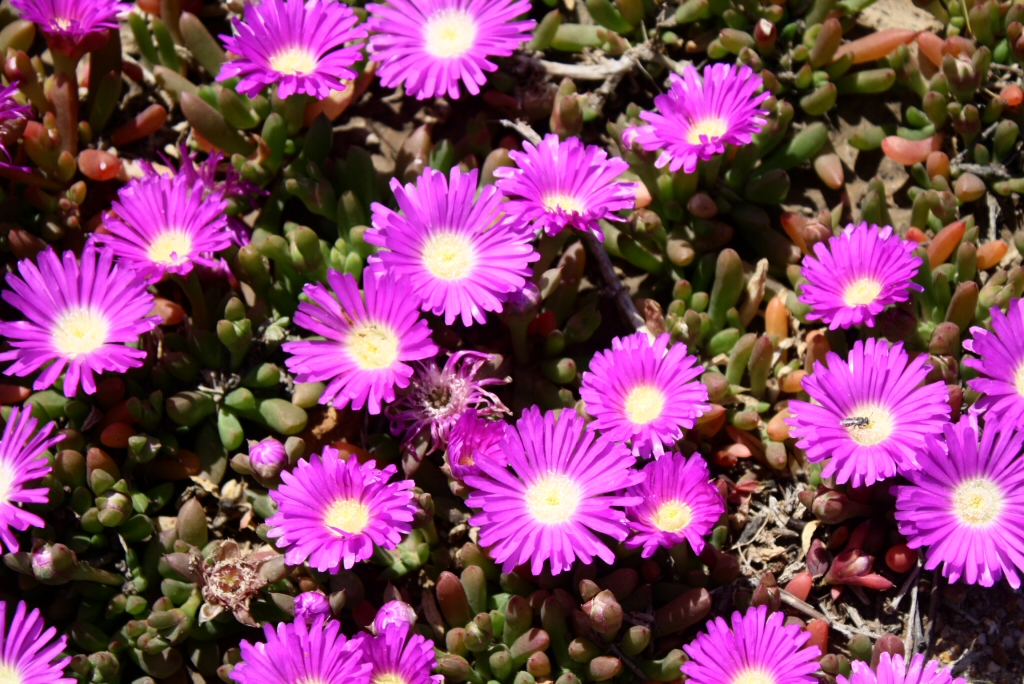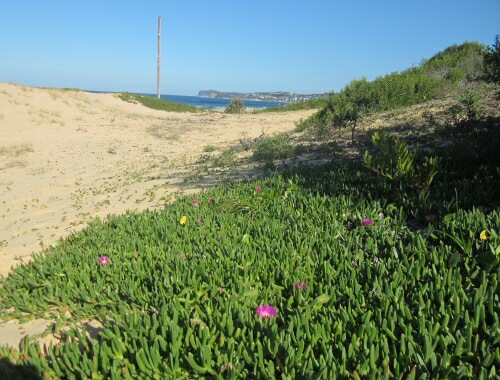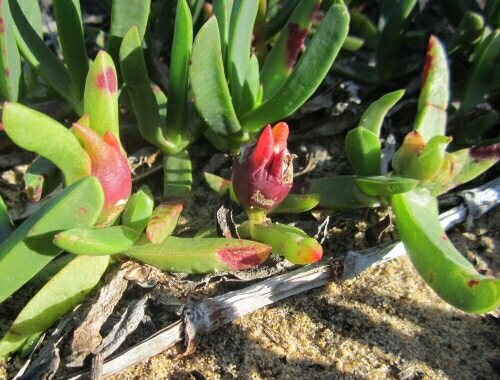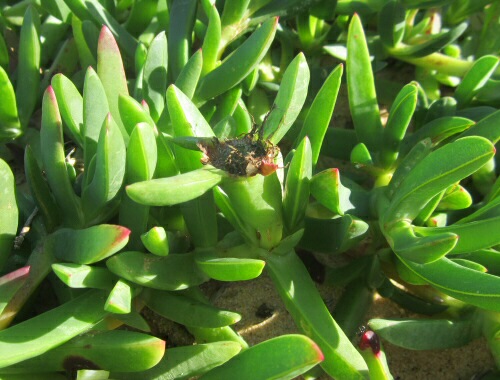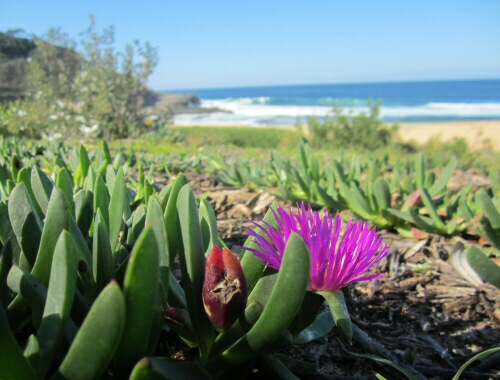Kings Park Botanic Gardens, Perth
Australia has some great Botanic Gardens. Kings Park, close to the CBD of Perth, is something special for the native plant lover. It has large expanses of natural bush areas as well as garden beds that display a riot of thousands of natives, perfect to inspire your own gardening adventures. The Backyard Botanicals Garden is made for this! If you have never been to Kings Park, I recommend a springtime visit asap.
It also hosts various outdoor concerts and events, artist workshops and educational experiences.
In September each year the Gardens host the Kings Park Festival- a glorious extravaganza of wildflowers, music, art, talks and exhibitions. This year the theme is The Magic Of Nature and will be launched on the 7th of September 2014.
NATIVE PLANTS – Finding the best plant for your garden
First step in finding the best plant for your garden is to have a look at your soil. Most gardens will have a basic soil type, and this will reflect the geology of the area. This can be modified by various factors such as wind blown sand, build up of organic matter in bushy areas, erosion, etc. The space around dwellings in new housing developments can also include patches of subsoil that have been dug up while the building work happens, and dumped on top of existing soil. Subsoil will have less organic matter and often tends to be clay.
It is tempting to think that an Australian native will grow in all conditions. While this will be true of a number of natives, there are plants from all climates and soil types that have been selected for our gardens from the vast areas of Australia. Some will be happiest on a sandy soil, rainforest plants like a more loamy soil, and a few obliging plants will grow on all soils.
It is important to match the soil type that a native will grow on happily if you want a flourishing plant. So, as you wander the tempting array of plants available, keep in mind the soil that it will be living in. Be sure to check if your selected plant will suit it. The Gardening With Angus website has a search function specifically for soil types, making it an easy matter to check. To give it a try, go to the advanced search page, and go to the ‘soil type’ box to pick yours. This will bring up a number of plants which will suit the soil type. Easy peasy!
NEW PLANT RELEASES
Two new plants on the market are Carpobrotus Pink Passion and Disphyma Hot Stuff. As my article below on Extreme Gardening says, our native succulents are built to take the tough conditions. They have the ability to grow on sand dunes in salt spray in the hot summer sun, producing a good ground cover which will help to stabilise the soil, and produce lovely silky flowers. They are also adaptable to other soil types and conditions, and can make great pot specimens and green wall plants.
And if that isn’t enough, they are also bush tucker food. The leaves and seed pods of Disphyma are edible. The leaves are salty and can be used for pickles, stir fries and soups. The pods of Carpobrotus and Disphyma can be eaten when ripe for a taste like salted, fruity custard. Ripe pods are deep yellow to purple-reddish in colour, and the pulp is squeezed out for eating.
These new releases will be available from good native plant nurseries. If you can’t find them, ask if they can order them in for you!
EXTREME GARDENING!!
I love our native plants. They often amaze me with their ability to grow and thrive in the most inhospitable places.
This month’s EXTREME GARDENING!! challenge is to find plants that can grow on pure sand. This was an easy challenge. Australian native succulents.
Aussie native succulents are less well known that their exotic cousins, but I aim to change that.
Carpobrotus and Disphyma are mostly found in coastal areas in the Southern states of Australia and up to Queensland. They are also found in inland areas. For the extreme gardening challenge of pure sand, these beauties do the trick, plus they are frost and drought tolerant. Tough, good looking, hard working, loves the beach- a true blue Aussie!
To find more great seaside plants, go to my advanced search page, go to the ‘Plant Environment’ section. Click on the ‘Coastal Garden’ button, and you’ll find a range of plants that can be used near the sea. Also look at the ‘Soil Types’ section, and click on the ‘Sandy’ button to find plants suited to sandy soils. Or you can look at my article- Top Ten Plants For Sandy Soils.

